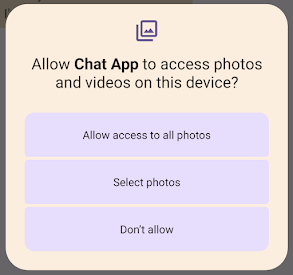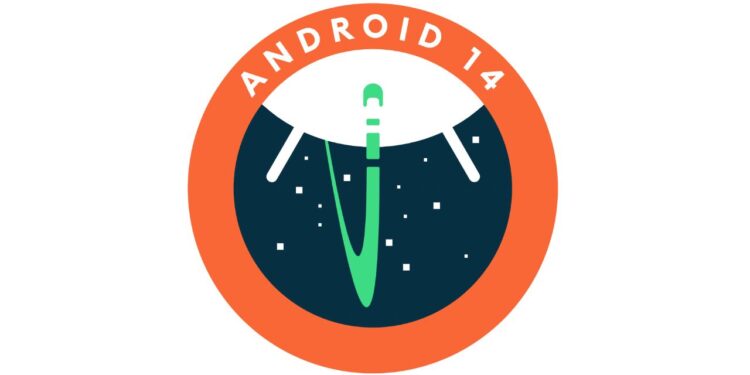A month after the release of the first developer preview of the upcoming Android 14, the second developer preview is here, in keeping up with the upcoming version of Android’s release timeline.
Whereas the first developer preview gave us a bird’s eye view of what’s to come and what developers can get started on in preparing apps and devices for the future, the second developer preview doubles down on some of the key themes of the DP1 release while also introducing a couple of new changes.
For instance, DP2 makes certain that we are well on our way to a passwordless future, thanks to the use of passkey. The Credential Manager announced last month is front and centre of these efforts. It allows developers to define various sign-in methods for users in nearly the same way the password manager apps they rely on do. The difference is that this time, users are presented with all their preset sign-in options, be they old-school passwords or passkeys.
While that is so, in the meantime, we are still stuck on the good old password and Google is taking steps to ensure we are secure, in the meantime. This includes an “auto-confirm” feature for PINs being keyed in that is not yet live but is expected to go live soon – probably with the beta releases. There are concerns about this the top most being the ability of a bad actor (read: hacker) managing to bulldoze their way in so, even when we get to see it, it’s going to be limited to those with long PINs (6 numbers, not the standard 4) and users will have to specify that they want the feature on, it won’t be on by default.
In a bid to enhance user privacy, developers will be able to set their apps to specifically ask for certain photos if they need access to photos, instead of having access to all the photos on a device. On their end, users will be presented with several options when interaction with apps and app functions that require access to their image gallery: grant access to all photos, grant access to select photos or deny access altogether.

This is a big improvement to the app permissions that have been on Android since version 5 (Lollipop). The last such big update was when version 6 (Marshmallow) introduced the decoupling of app permissions, allowing users to approve or deny specific permissions to apps.
Another interesting addition to Android in Android 14 DP2 is the consideration of user preferences. There will now be a central place to manage preferences around numbering systems (imperial or metric), the start of the day of the week and temperature systems (Celsius or Fahrenheit).
Screen flash notifications like the kind that we can already use on the Oppo Reno7 4G and the realme GT3, which let a user set specific colours for their LED flash either at the front or the back, or just the whole display (something that we have observed on Oppo, vivo and some Transsion brand devices) to come to life when there are notifications, are also getting supported in Android 14.
Other additions include, as we had anticipated when covering the release of DP1, the reining of task killer apps. Google now expressly tells developers to make sure their apps don’t do false marketing i.e. lying to users that they can do something to change the memory, power or other aspects of a device. “It isn’t possible for a 3rd-party application to improve the memory, power, or thermal behaviour of an Android device,” Google says in documentation to developers. We have full coverage of that here.
There are other minor tweaks to how background processes and notifications are handled as well.
With the release of the second developer preview of Android 14, if the past is anything to go by, we expect to get a final preview before moving to the beta phase, where the public will now be invited to give the upcoming version of Android a spin either directly using Google’s own Pixel devices or indirectly through the various Google partners (OEMs/device makers)












